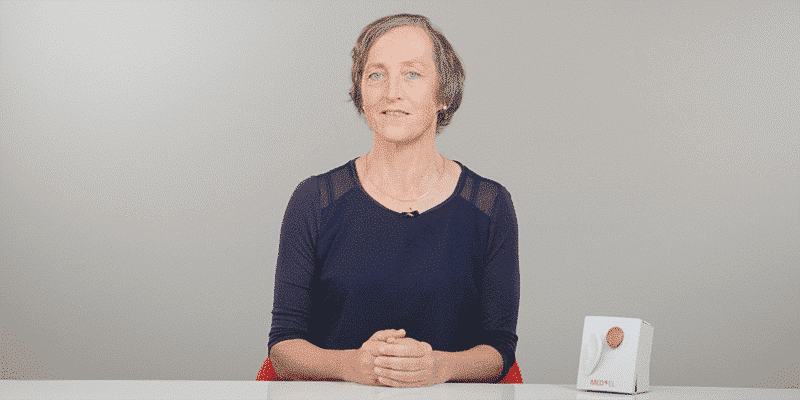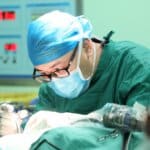MED-EL Experts Explain Our Hearing Technology

Ever wondered how we make such reliable hearing implants? Or how bone conduction implants work? Or how hearings aids and cochlear implants can work together?
We asked three of the experts behind our technology to explain some of the common questions we get about our hearing implants. This is what they have to say.
Martin Zimmerling, Head of Implant Development
At MED-EL for more than 20 years, Martin and his team of engineers are responsible for everything inside our cochlear implants. And that includes safety capacitors. Not heard of them? These tiny electronic components are one of the heroes of our cochlear implant design, and help us create safe and reliable implants. How? Here’s Martin to explain:
“Safety capacitors take up nearly 50 percent of the space inside our cochlear implants. That sounds like a lot, but we are totally convinced that each of these safety capacitors is worth the space!”
Can’t See This Video?
Having problems viewing this video? Watch it on YouTube.
Christine Mühlöcker, Senior Product Manager
As the product manager for our BONEBRIDGE implant system, Christine is the expert in all things bone conduction—and the perfect person to explain how different bone conduction systems work.
Take it away, Christine:
“Bone conduction implants can have direct or indirect drive. Direct drive means that the implant itself generates vibrations and transfers them directly to the bone—it drives the bone directly.”
Can’t See This Video?
Having problems viewing this video? Watch it on YouTube.
Christine works with R&D teams, regulatory teams, and surgeons all over the world to make sure that BONEBRIDGE is as good as it can be. Here, she explains more about the reliability and future of this innovative hearing implant system.
“BONEBRIDGE is the world’s most advanced and established bone conduction implant. It has a decade of success with thousands of recipients worldwide.”
Can’t See This Video?
Having problems viewing this video? Watch it on YouTube.
Jennifer Robinson, Senior Product Manager and Audiologist
With over 25 years of experience in the field, Jen is one of the audiology experts at MED-EL headquarters. One topic particularly close to her heart is bimodal hearing. This is when you have a cochlear implant on one side, and a hearing aid on the other.
Jen explains more about how this works with MED-EL cochlear implants in this video.
“The closer your hearing devices are in processing and analyzing sound, the easier it is for your brain.”
Can’t See This Video?
Having problems viewing this video? Watch it on YouTube.
As an audiologist, a question Jen often gets asked is how to stream sound to an audio processor. Here she is to explain how this works with AudioStream, a cover that allows direct wireless streaming to SONNET series audio processors.
“Listening to music is really easy with AudioStream—no matter what app you like to use.”
Can’t See This Video?
Having problems viewing this video? Watch it on YouTube.
Thank you Martin, Christine, and Jen for sharing your insights.
Want more insights from inside MED-EL? Take a look at how we make cochlear implants.
Learn more about how Martin Zimmerling created the SYNCHRONY magnet.
Meet some of the talented women working at MED-EL headquarters.
Thanks for your message. We will reply as soon as possible.
Send us a message
Field is required
John Doe
Field is required
name@mail.com
Field is required
What do you think?
The content on this website is for general informational purposes only and should not be taken as medical advice. Please contact your doctor or hearing specialist to learn what type of hearing solution is suitable for your specific needs. Not all products, features, or indications shown are approved in all countries.


